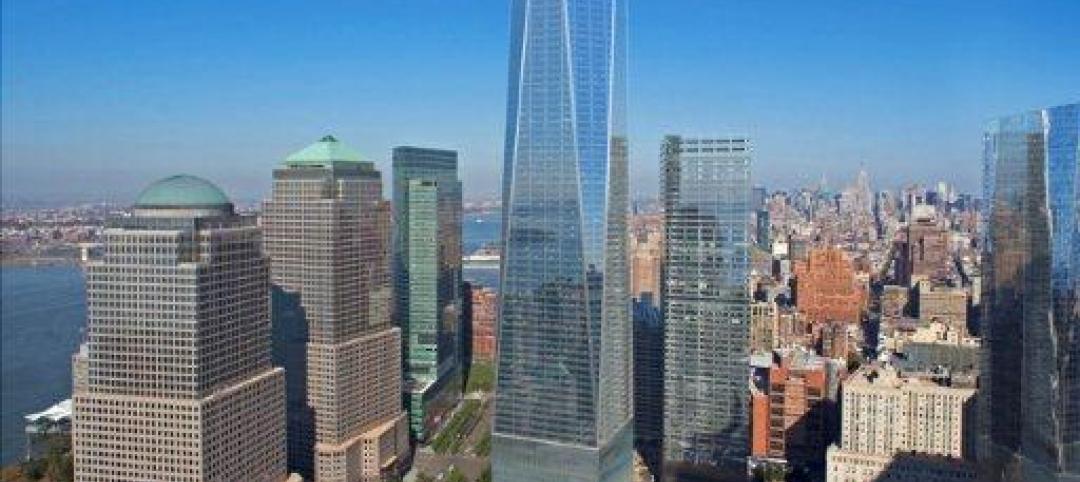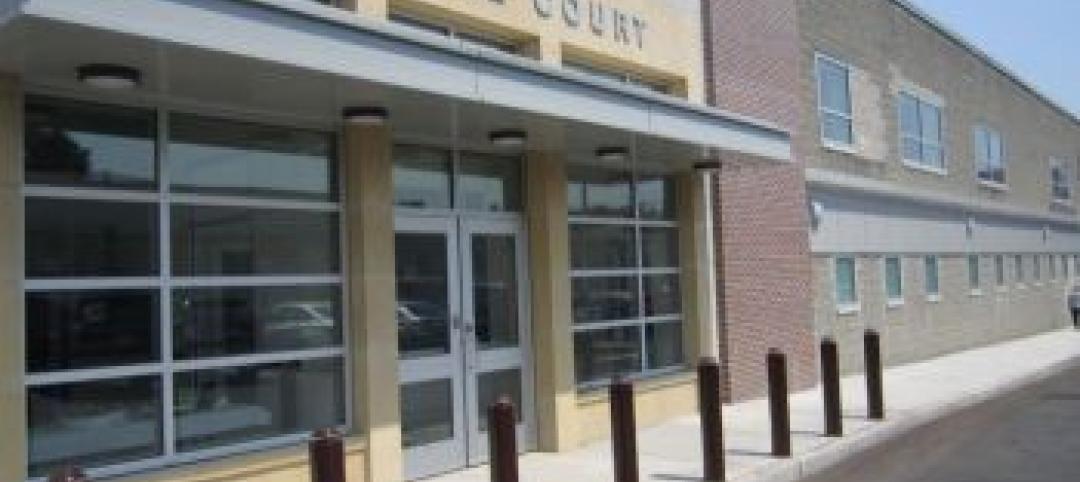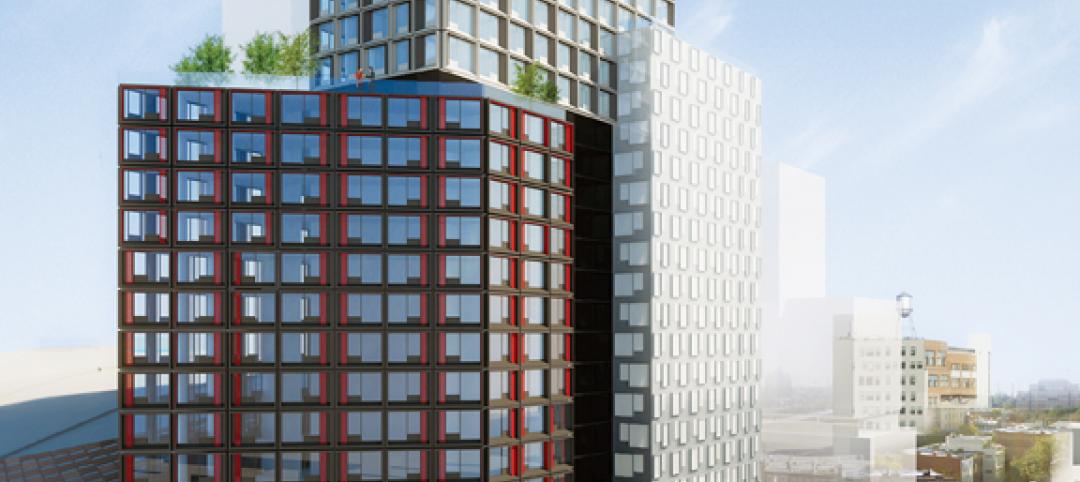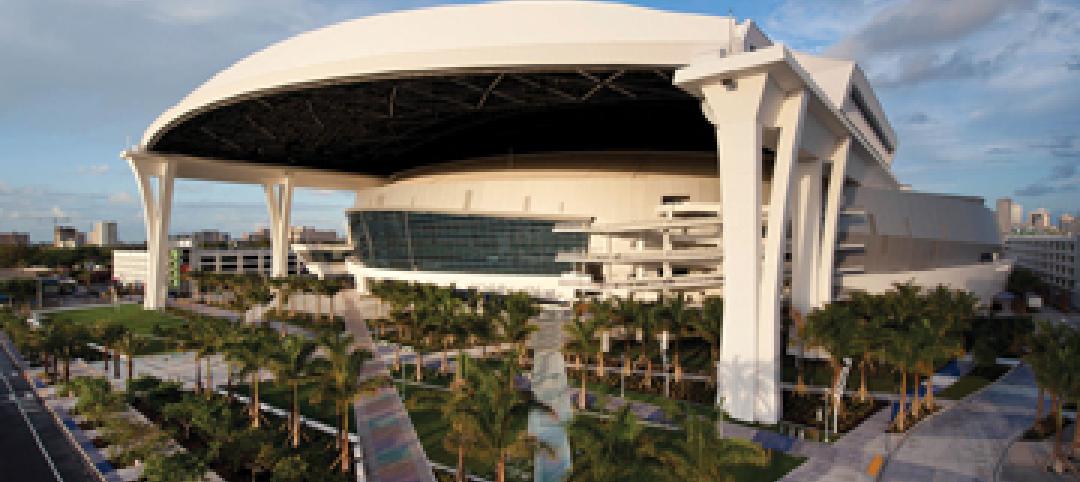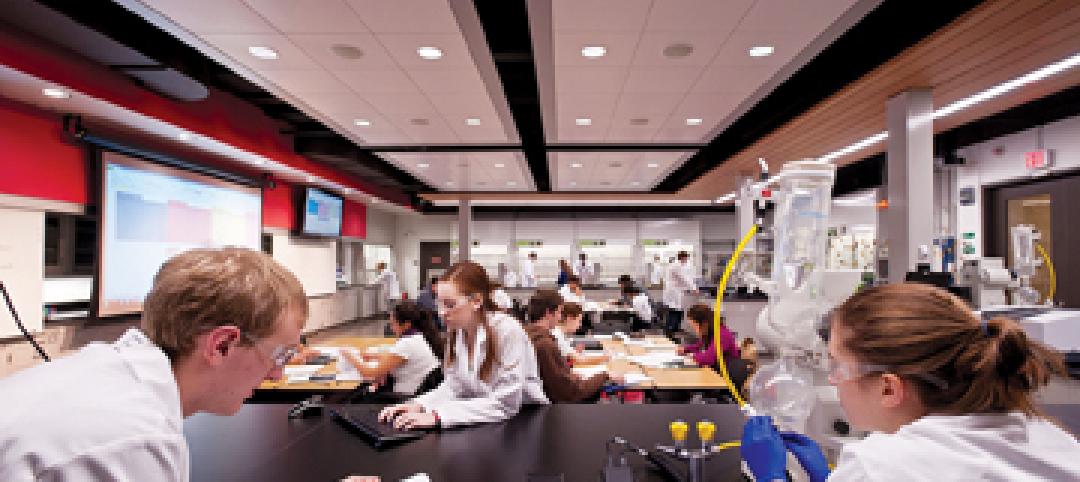Mixed-use development has been one of the few bright spots in real estate in the last few years. Successful mixed-use projects are almost always located in dense urban or suburban areas, usually close to public transportation. It’s a sign of the times that the residential component tends to be rental rather than for-sale.
Due to the large scale of many mixed-use projects, Building Teams must be effective in communicating and collaborating both internally and with local government entities. For example, L.A. LIVE, the massive entertainment and lifestyle complex that has sprung up around that city’s Staples Center, can attribute much of its phenomenal success to the developer’s close collaboration with the Building Team and its partnership with the city of Los Angeles.
It’s also critical to accurately anticipate the needs of potential tenants. At the Broadway Building in Seattle, downsized office spaces cater to small-business owners who are looking to escape from the congested downtown core. In Chicago, the live/work units and street-level retail of 2000 N. Milwaukee go far to meet the needs of up-and-comers in a rapidly emerging neighborhood.
New buildings in a mixed-use project naturally must take their design cues from the vocabulary and style of the surrounding architecture. They may be hip and glossy, like L.A. LIVE, 2000 N. Milwaukee, and the Meridian at Grosvenor Station in Rockville, Md. Or they may pay their respects to the more toned-down older buildings in the neighborhood, as in the case of the Broadway Building, with its Prairie School influence. There is also a movement afoot to give architecturally significant buildings a new mixed-use identity, as is the case with The Link in Phoenix.
The takeaway: If you’re looking to develop multifamily residential, mixed-use may be the only viable way to go. “I don’t see anything getting built that isn’t mixed-use right now,” says Paul Alessandro, a partner with Hartshorne Plunkard Architecture, Chicago. If that’s the case in your market, take a look at these recent projects for inspiration.
Six Emerging Trends in Mixed-Use Development
Related Stories
| Aug 14, 2012
SOM Foundation announces prize recipients for 2012
Submissions for the SOM Prize were received from students at 34 schools in the U.S.
| Aug 9, 2012
Slideshow: New renderings of 1 WTC
Upon its scheduled completion in early 2014, One World Trade Center will rise 1,776 feet to the top of its spire, making it the tallest building in the Western Hemisphere.
| Aug 9, 2012
Slideshow: New renderings of 1 WTC
Upon its scheduled completion in early 2014, One World Trade Center will rise 1,776 feet to the top of its spire, making it the tallest building in the Western Hemisphere.
| Aug 9, 2012
DSGW Architects welcomes new employees
Three new employees located in DSGW's Duluth office.
| Aug 9, 2012
DMR Architects converts bank building to municipal court
The project consisted of a $4 million renovation to a 2-story building totaling 13,000-sf.
| Aug 8, 2012
BD+C wins six B2B journalism awards
BD+C wins two national awards, three regional awards, and a regional Graphical Excellence award.
| Aug 8, 2012
BIM’s future up in the cloud
The AEC industry is on the cusp of a still more significant evolution with cloud computing.
| Aug 8, 2012
Giants 300 Sports Facilities Report
BD+C's Giants 300 Top 25 AEC Firms in the Sports Facilities sector.
| Aug 8, 2012
Giants 300 Science & Technology Report
BD+C's Giants 300 Top 25 AEC Firms in the Science & Technology sector.
| Aug 7, 2012
Pioneering revival
Financial setbacks didn’t stop this Building Team from transforming the country’s first women’s medical school into a new home for college students.





